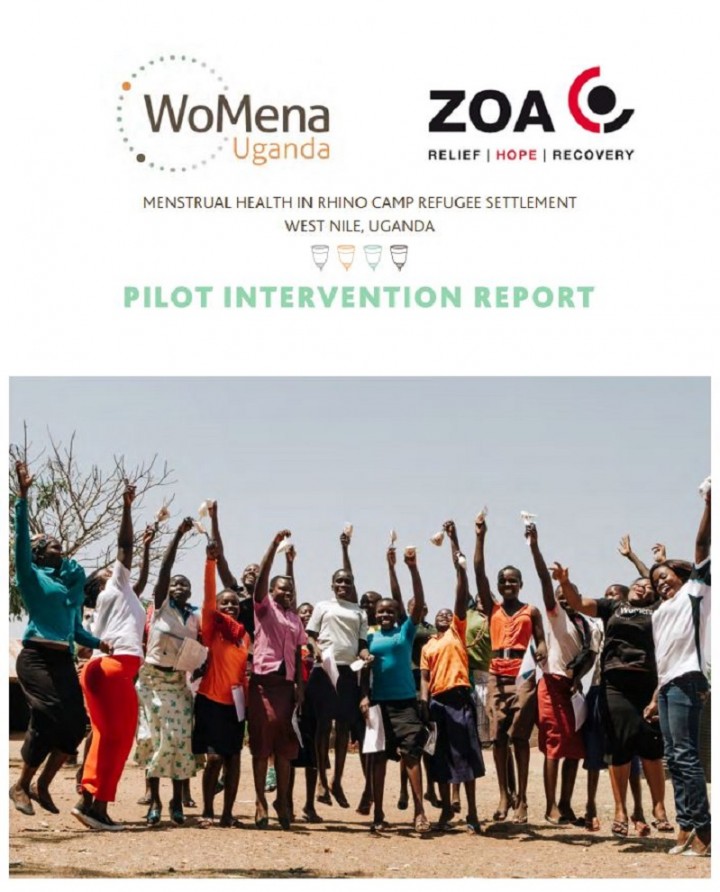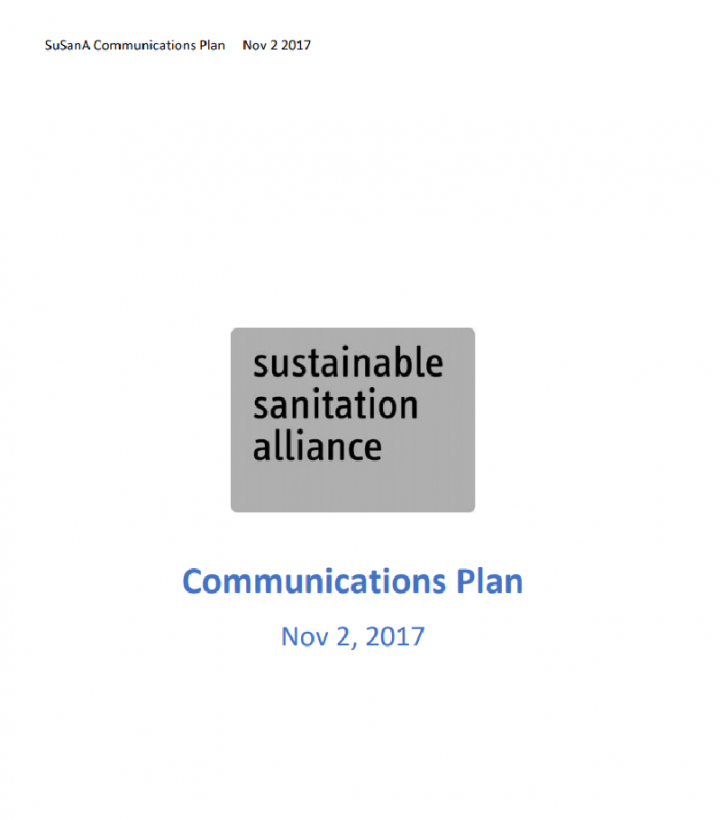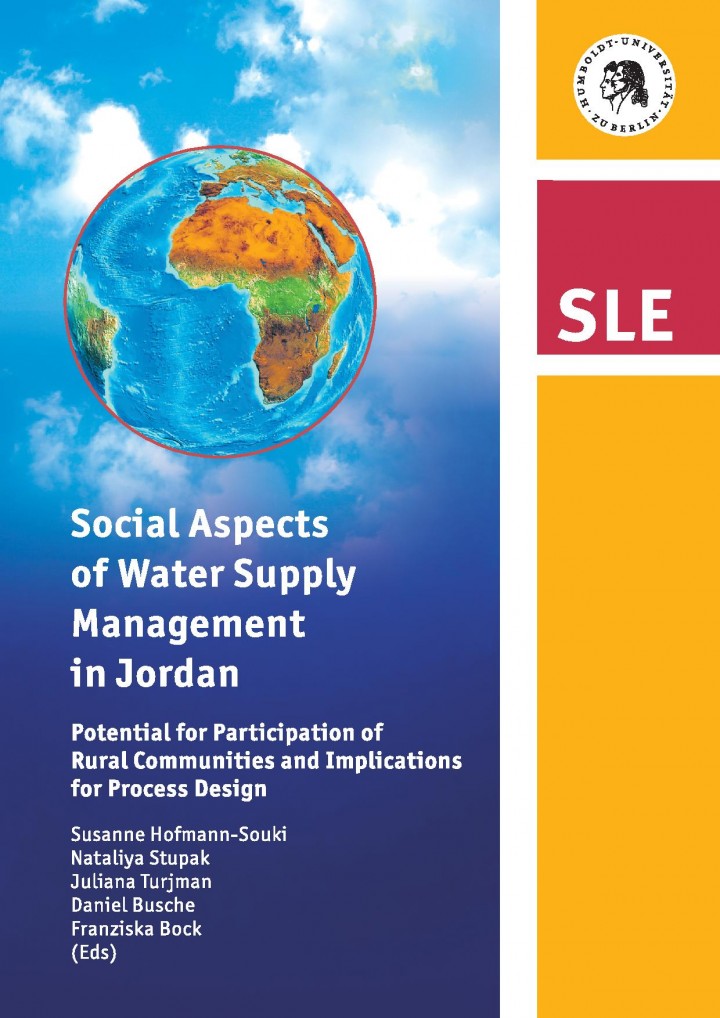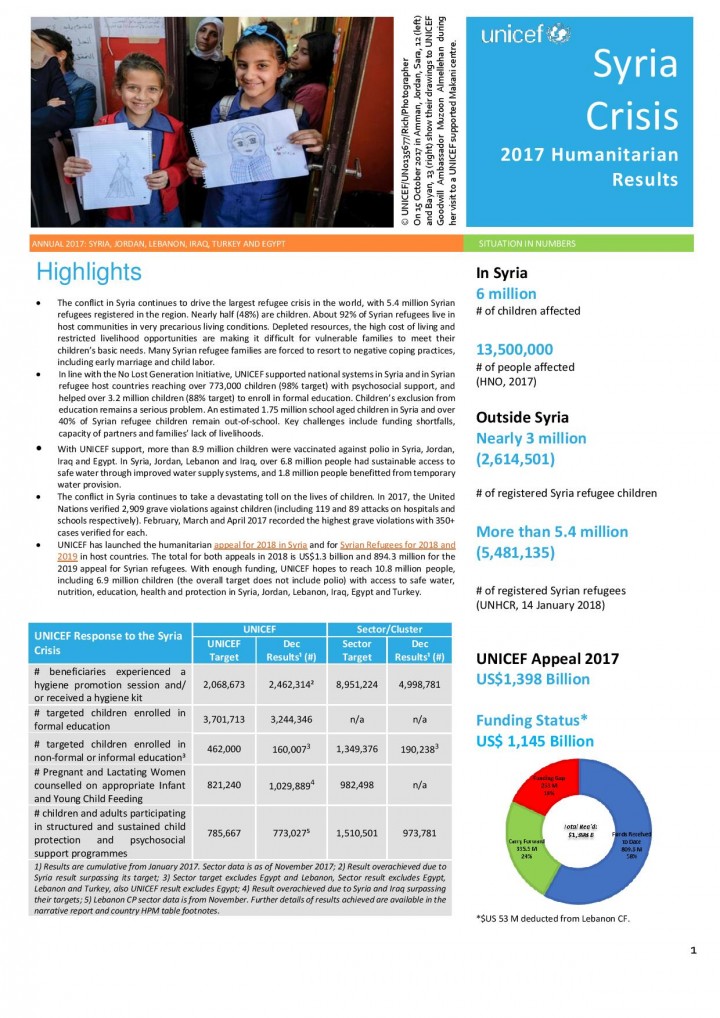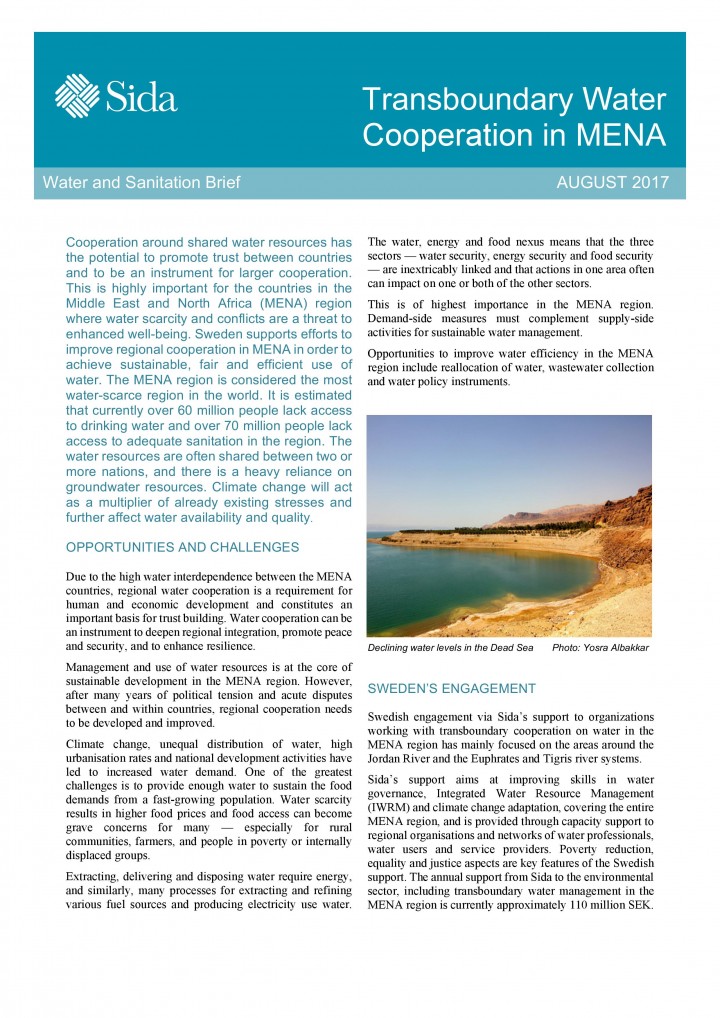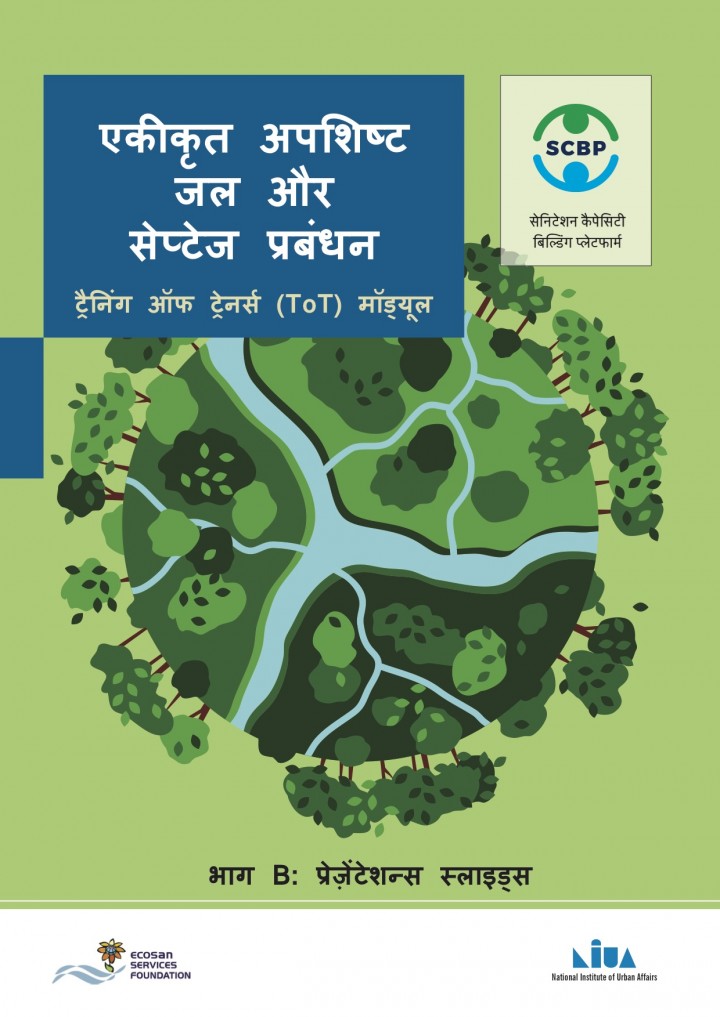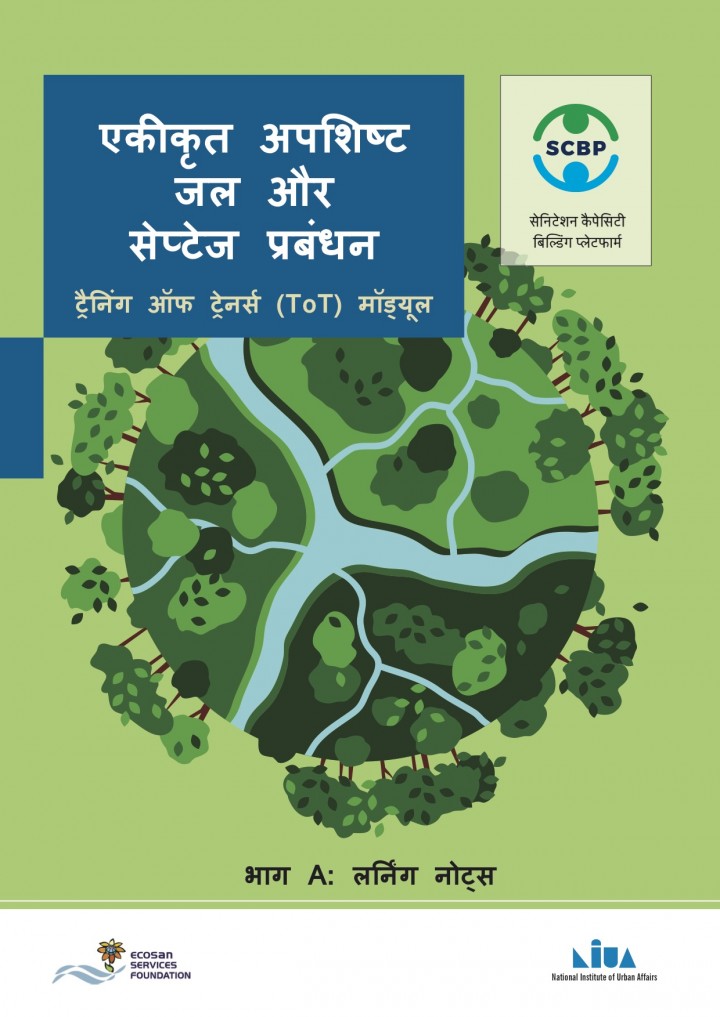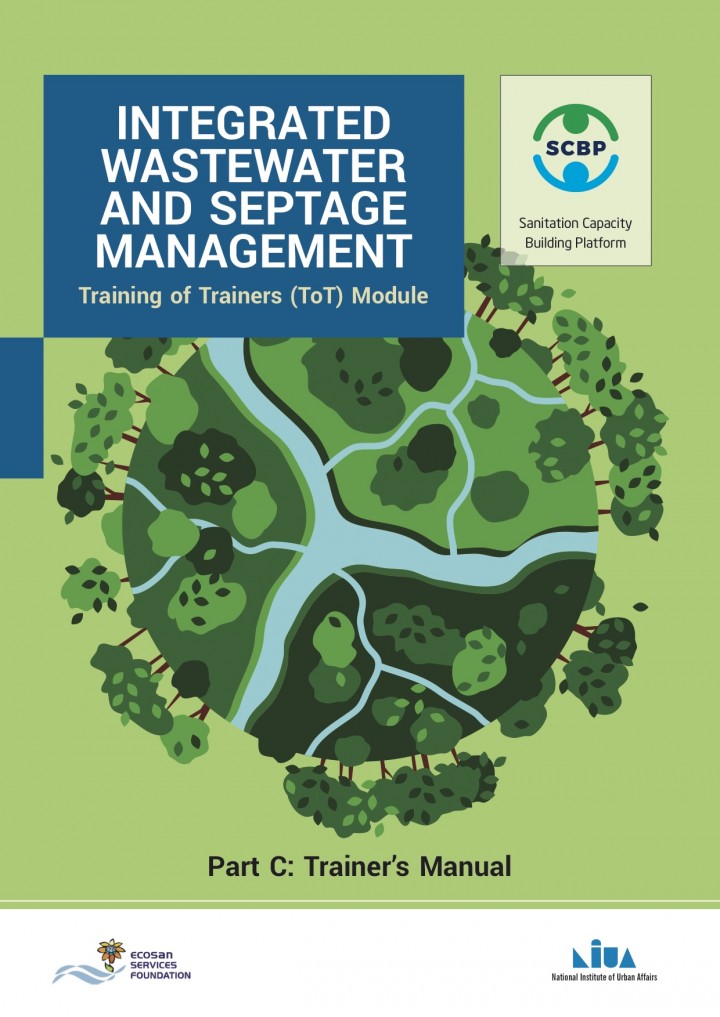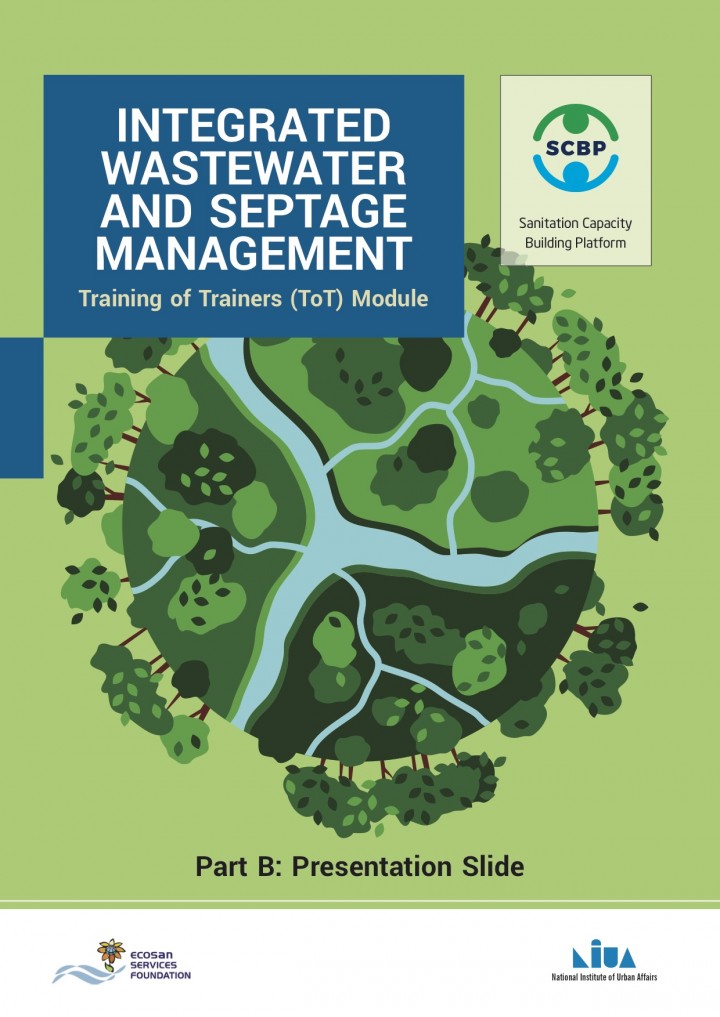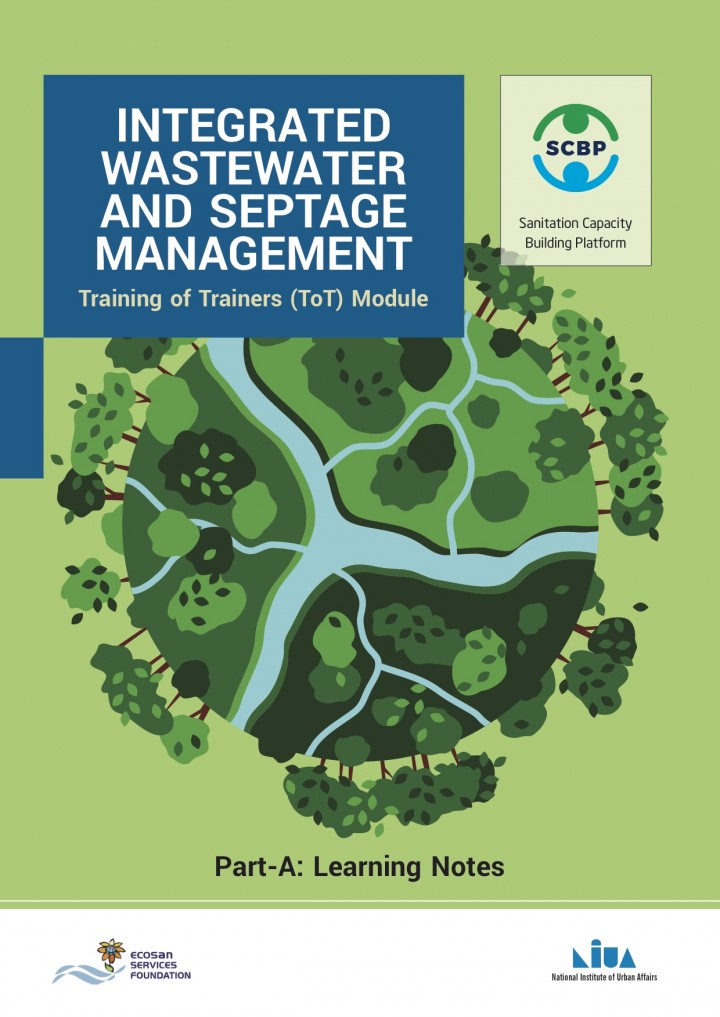Searching for information on Sanitation Workers?
The Sanitation Workers Knowledge + Learning Hub is the best source for all current news, trends, articles and updates on sanitation workers rights around the world.
A Menstrual Health pilot project by WoMena and ZOA implemented among South Sudanese refugees and host population in Rhino Camp Refugee Settlement in northern Uganda. The pilot involved 4 primary schools, including students, parents and teachers, over 6 months. 4 different distribution models were applied among the participants; one school got MCs only, one school got reusable pads only, one …
By mid-century, the global urban population is projected to increase by 2.4 billion people with 60% of growth expected to take place in cites of sub-Saharan Africa (SSA) and South Asia (SA) (UN-DESA, 2015). These regions have some of the lowest rates of urban sanitation coverage and modern fuel access, with only 41% and 67% estimated to have access to improved sanitation and 19% and 55% estimated …
Ramnagar city is situated on the banks of the Ganga River in the state of Uttar Pradesh, India. The population of the city is 49,132 and its population density is 13,572 persons per sq.km (data from 2011). The slum population is 1,958,
representing 3.98% of the total population.
The existing sewer network covers about 70% of the households. The rest of the city (16%) is either dependent on …
Katihar, the district headquarters of Katihar District, is located in the state of Bihar, India. The population of Katihar city is 240,838 with a population density of 9,437 persons per sq.km (Data from 2011). During the post-independence period, commerce showed a phenomenal increase with the associated small scale industrial development, which resulted in the increase of city population.
72 …
The city of Gangaghat is located 83 km south west from Lucknow, the state capital. The population of the city is 84,072 (data from 2011) with a population density of 17,122 persons per sq.km.
It was found that there is no sewerage network and the entire population is dependent on Onsite Sanitation Systems (OSS). Septic tank connected to open drain is used by 70% population, 14% practice open …
Chunar is situated on the banks of River Ganga and River Jirgo, in the state of Uttar Pradesh, India. The population of the city is 37,185 (data from 2011).
There is no sewerage network in the city and 71% of the city is dependent on onsite sanitation systems (OSS), out of which 60% are dependent on septic tanks and around 11% on pits. 29% of the population still practices open defecation. …
Buxar city is situated on the banks of River Ganga in the state of Bihar, India. The population of the city is 102,861, while slum population is 10,161 (data from 2011).
It was observed that there is no sewerage network existing in the city and the equivalent population is dependent on Onsite Sanitation Systems (OSS). There is no treatment facility available for FS generated. Emptied FS from …
Bongaon city lies in the state of West Bengal, India. It has a population of 108,864 of which the slum population accounts to 37.04% of the total population (data from 2011).
All households are dependent currently on Onsite Sanitation Systems (OSS). The town does not have any treatment facility for FS. 45% FS, which gets emptied, is transported and discharged untreated into solid waste …
Bodhgaya is a small town, located in the Gaya district of Bihar. A population size of 51,900 was considered for the preparation of the SFD. There is no treatment facility available for sewage and faecal sludge generated in the town. 51% of the population of Bodhgaya depends on Onsite Sanitation Systems. The FS collected by the vacuum tankers is discharged into open fields . As there is no …
This SuSanA Communications Plan is based on the CAWST Sector Knowledge Management Study which was funded as part of a grant by the Bill & Melinda Gates Foundation (see link below).
The Communications Plan was written mainly by Arno Rosemarin and subsequently endorsed by the SuSanA secretariat and core group
It has 9 Appendices which are provided for download below.
The following were the …
The Sanitation Project
In 2017, Dalberg Advisors carried out a study of sanitation workers across India – the first of its kind – to understand the issue both from a worker perspective as well as a supply-side or institutional perspective
The Sanitation Workers Project is a structured, first-of-its-kind 5-month long study of sanitation workers across India carried out by Dalberg Advisors …
Jordan ranks as one of the world’s water-poorest countries. The influx of refugees from Syria into Jordan since 2011 is placing a heavy burden on its already strained water resources. This brings existing deficiencies in water supply to the forefront, leading to frequent supply bottlenecks and dissatisfaction among the population, particularly in rural areas.
Although the absolute quantity …
Effective financing for drinking water, sanitation, and hygiene (WASH) are essential for the sustainable delivery of services. The UN-Water Global Analysis and Assessment of Sanitation and Drinking-Water (GLAAS) indicate that there are substantial gaps in our understanding and tracking of financing to the WASH sector. Financial reporting is often insufficient to enable sound, evidence-based …
The Sustainable Development Goals (SDGs) and the World Bank’s corporate goals of ending extreme poverty and boosting shared prosperity call for specific attention to the poor and vulnerable. The overarching objective of the SDGs is to end poverty in all its forms, but their key difference from the earlier Millennium Development Goals (MDGs) is the integration of social, economic, and …
WASH in health care facilities is a fundamental prerequisite for achieving national health goals and Sustainable Development Goals (SDGs) 3 (ensure healthy lives and promote well-being) and 6 (ensure availability and sustainable management of water and sanitation). Safe water, functioning hand washing facilities, latrines, and hygiene and cleaning practices are especially important for improving …
UNICEF Syria Crisis Situation Report - 2017 Humanitarian Results
- The conflict in Syria continues to drive the largest refugee crisis in the world, with 5.4 million Syrian refugees registered in the region. Nearly half (48%) are children. About 92% of Syrian refugees live in host communities in very precarious living conditions.
- In line with the No Lost Generation Initiative, UNICEF …
This report is part of a global set of Water, Sanitation, and Hygiene for All (WASH) diagnostics carried out in countries where WASH services for the poor are deficient and where their might be institutional constraints to improving coverage and services. The Republic of Yemen is an important case because it has an active armed conflict, a plausible increase in poverty over the last decade, and …
Cooperation around shared water resources has the potential to promote trust between countries and to be an instrument for larger cooperation. This is highly important for the countries in the Middle East and North Africa (MENA) region where water scarcity and conflicts are a threat to enhanced well-being. Sweden supports efforts to improve regional cooperation in MENA in order to achieve …
Integrated Wastewater and Septage Management Module
The Module provides a good understanding of the landscape of waste water and urban sanitation challenges and a conceptual understanding of waste water and septage treatment systems. The module looks at a city/town waste water and sanitation lansdcape and explore technology solutions. Part C of the Manual is for Trainers. Part A and Part B …
There are centralized and decentralized / on site systems of treatment of wastewater and septage. While conventional sewerage may be a comprehensive system for sewage collection and transport, it also is a highly resource intensive technology for CapEx and OpEx. Consequently, high capital cost and significant O&M cost of this system inhibits its widespread adoption in all sizes of urban …
Integrated Wastewater and Septage Management Module
The Module provides a good understanding of the landscape of waste water and urban sanitation challenges and a conceptual understanding of waste water and septage treatment systems. The module looks at a city/town waste water and sanitation lansdcape and explore technology solutions. Part C of the Manual is for Trainers. Part A and Part B …
Integrated Wastewater and Septage Management Module
The Module provides a good understanding of the landscape of waste water and urban sanitation challenges and a conceptual understanding of waste water and septage treatment systems. The module looks at a city/town waste water and sanitation lansdcape and explore technology solutions. Part C of the Manual is for Trainers. Part A and Part B …
There are centralized and decentralized / on site systems of treatment of wastewater and septage. While conventional sewerage may be a comprehensive system for sewage collection and transport, it also is a highly resource intensive technology for CapEx and OpEx. Consequently, high capital cost and significant O&M cost of this system inhibits its widespread adoption in all sizes of urban …

